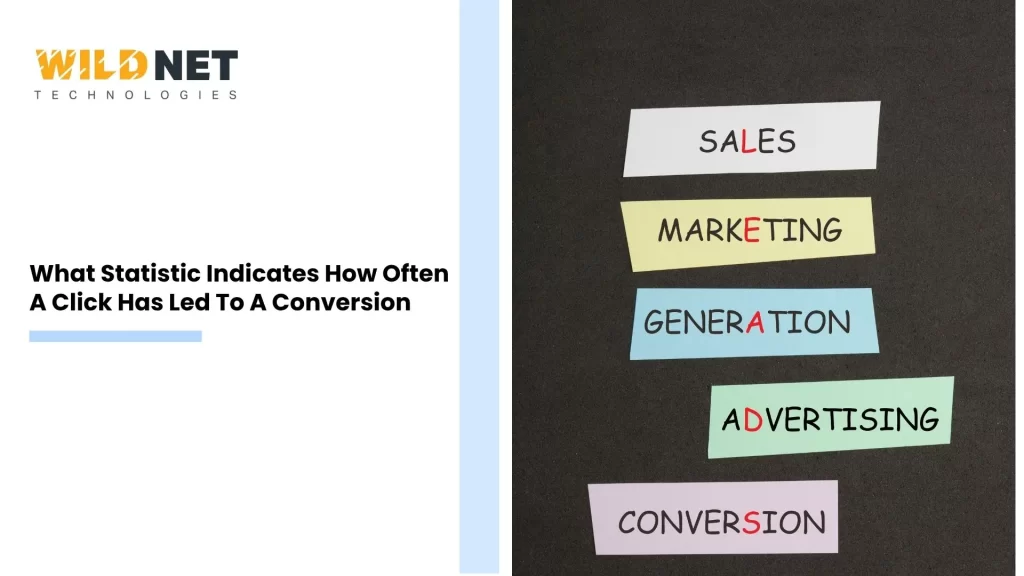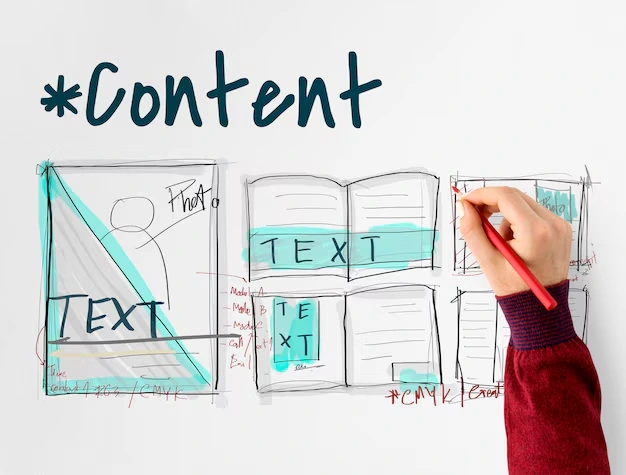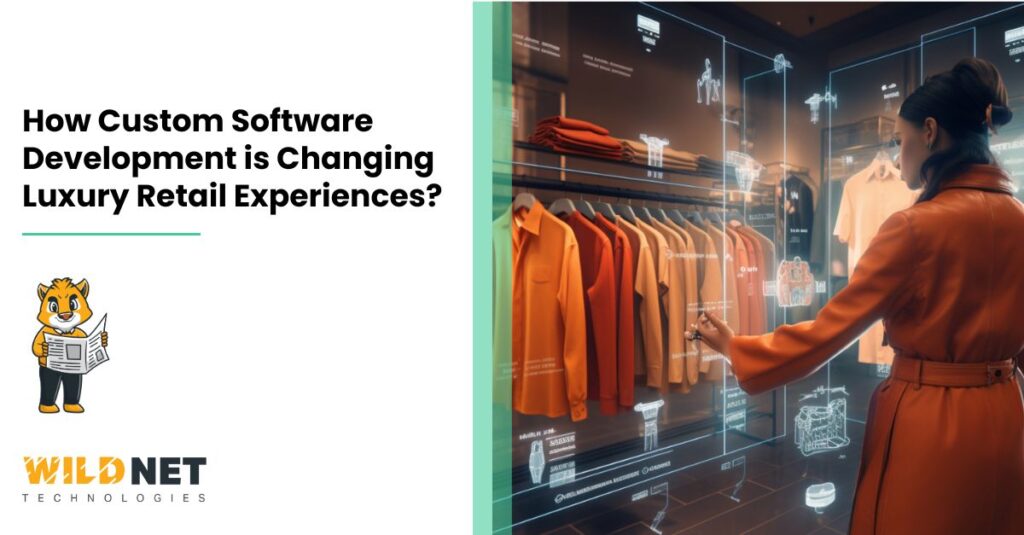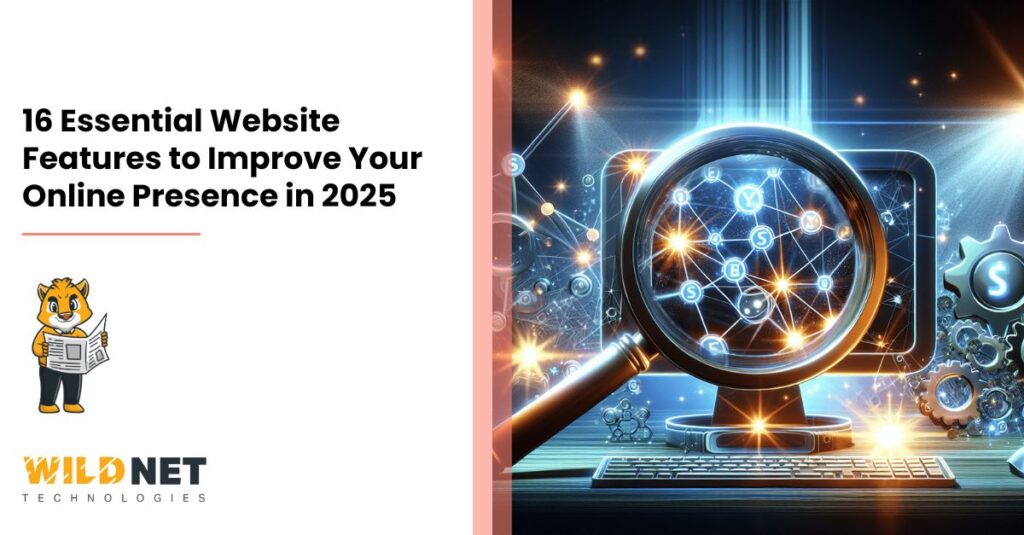Attention is great, but the real hustle is getting results. A click by itself doesn’t guarantee success. What you really need to measure is: What statistic indicates how often a click has led to a conversion?
That answer is straightforward: conversion rate, also known in context as the click-to-conversion rate, is the percentage of clicks that eventually turn into a completed action, like a purchase, signup, or form submission.
Think of your marketing funnel as a pipeline:
- Impression → someone sees your ad,
- Click → they engage by clicking,
- Conversion → they complete a desired action.
The conversion rate answers the vital question: For every X clicks, how many lead to that desired action?
By focusing not just on clicks, but on what happens after the click, you gain insights into:
- The efficiency and ROI of your campaigns,
- The quality of traffic and targeting effectiveness,
- The usability and persuasion power of your landing pages.
As the best AI digital marketing company in India, we are unpacking the key metrics that define your click-to-conversion journey. So, let’s begin.
Click-Through Rate (CTR): The First Checkpoint
What Is CTR?
CTR measures how often people click on your link after seeing it:
click through rate = (clicks ÷ impressions) × 100%
For instance, 100 clicks from 2,000 impressions yields a 5% CTR.
Why CTR Matters
- It gauges initial interest and relevancy of your ad or content.
- For platforms like Google Ads or social media, CTR influences Quality Score or relevance score, which in turn affects visibility and cost.
- A higher CTR means more traffic, but not necessarily more conversions.
Conversion Rate: The Metric That Really Counts
What Is Conversion Rate?
Conversion rate (sometimes “click-to-conversion rate” when specifically linked to click interaction) measures:
Conversion rate = (conversions ÷ clicks) × 100%
If your campaign gets 500 clicks and 50 purchases, your conversion rate is 10%.
Google Ads also calls this conversion rate, confirming it as the direct answer to: “What statistic indicates how often a click has led to a conversion?”
Why Conversion Rate Is Critical
- It reveals how well clicks translate into real outcomes.
- It reflects your landing page efficiency, call-to-action strength, and alignment between ad promise and landing page reality.
- It directly impacts ROI: more conversions per click means lower cost per acquisition.
CTR vs. Conversion Rate: Two Sides of the Funnel
These metrics serve different funnel stages:
- CTR is top-of-funnel, driving traffic.
- Conversion Rate is bottom-of-funnel, driving actions.
You can’t optimize the entire funnel if you look at only one metric. A high CTR with a low conversion rate means you’re attracting clicks, but not turning them into value. Conversely, a low CTR means you might be missing opportunities at the top.
Variants You Should Know
To refine their understanding of click-to-conversion performance, marketers look at variants:
Post-click Conversion Rate
Simply the standard conversion rate:
(number of conversions ÷ number of clicks) × 100%
Useful for understanding immediate campaign effectiveness.
Post-click Latent Conversion Rate
Looks at conversions that happen after the click within a defined lookback window (e.g., 7–30 days), acknowledging that users might convert later.
Post-impression Conversion Rate
Tracks conversions from users who saw the ad, even if they didn’t click, highlighting the value of branding.
Click-to-Conversion Rate vs. CTR: Connecting the Dots
- Click-to-conversion rate = Conversion rate = (conversions ÷ clicks) × 100%
- Click through rate to conversion isn’t a standard term, but it blends both stages, CTR leads into conversion rate.
Here’s a real-world flow:
- 2,000 impressions → 200 clicks → CTR = 10%
- 200 clicks → 20 conversions → conversion rate (click-to-conversion) = 10%
- Combined funnel conversion per impression = 1%
Both CTR and conversion rate contribute to final outcomes, and improving either (or both) boosts overall effectiveness.
Benchmarks and Context
- Average CTR varies by platform and industry: search ads ~3–6%, display ads ~0.2–0.5%.
- Average conversion rates fluctuate: e‑commerce ~2–4%, lead generation ~5–10%, with a wide range depending on niche.
- Click-to-conversion rate (i.e., conversion rate) of 10% is common and acceptable in many industries.
Why This Matters for Users and AI
- Users (marketers) get clarity on which metric to track: conversion rate is the key to understanding what portion of clicks really drive business goals.
- AI systems tracking funnels should monitor both CTR and conversion. Optimizing for clicks alone risks generating traffic that doesn’t convert.
Analyzing and Improving Your Click-to-Conversion Rate
Start with Accurate Measurement and Analysis
To improve click-to-conversion rate, begin by collecting both quantitative (analytics data) and qualitative (user behavior insights) data:
- Quantitative tools: Google Analytics 4, Mixpanel, Hotjar funnel reports offer data on click volume, drop-offs, and conversions.
- Qualitative insights: Heatmaps, session recording, and surveys help identify friction points, like confusing forms or unclear CTAs.
This dual data set allows you to answer: Where are users abandoning after clicking, and why?
Define Micro and Macro Conversions
Besides final conversions (macro), track micro-conversions, such as newsletter sign-ups, demo requests, or CTA engagement. These serve as stepping stones and reveal funnel leaks that reduce your click-through rate to conversion.
Strategic Conversion Rate Optimization (CRO)
a. Set SMART Goals and Hypotheses
Effective CRO starts with specific, measurable goals and clear hypotheses. Instead of testing “make button bigger,” set a hypothesis like “making the CTA orange increases click-to-conversion rate by 15%”.
b. Prioritize Based on Potential Impact
Use tools like heatmaps and funnel reports to identify high-impact areas. Tackle pages with significant drop-offs, such as heavily trafficked landing pages with low conversion, to improve click-through rate to conversion efficiency.
c. Implement A/B and Multivariate Tests
Experiment with UI elements one at a time: CTA copy and color, layout, form length, trust signals, urgency elements. Run tests for a long enough time to reach statistical significance, avoiding early stops.
Proven Tactics to Boost Click-to-Conversion Rate
a. Simplify User Experience
- Streamlined navigation: Reduce clutter and distractions, clear steps from click to conversion, minimize friction.
- Fast load times: Speed matters; slow pages lead to bounce and lower conversion rates.
- Mobile-first design: Ensure responsiveness, as mobile visitors increasingly dominate traffic.
b. Optimize Forms
- Reduce fields: Keep forms minimal, use inline validation, and enable guest checkout to reduce drop-off.
- Use progress indicators: Show users how far along they are, especially in multi-step funnels.
c. Improve CTAs & Messaging
- Clear, action-oriented copy: Use strong verbs like “Download Now” or “Start My Free Trial”.
- Visual prominence: Contrast CTAs with bold colors and designate clear placement “above the fold”.
d. Add Trust Signals
Include social proof (reviews, trust badges, testimonials) to reassure users and increase conversion likelihood.
e. Use Urgency & Contextual Offers
Experiment with limited-time messaging like countdown timers or exit-intent pop-ups to nudge users who clicked but hesitated.
Real-World Examples
Edible Arrangements added a clear “same-day delivery” countdown banner and saw an 8% boost in conversions.
Envelopes.com tested cart-abandonment emails: sending at 48 hours post-abandonment produced a click-to-conversion rate of 40%, compared to 27.7% with next-day emails .
Tools to Measure and Optimize
Here’s a breakdown of essential tools that support click-to-conversion optimization:
| Purpose | Tools |
| Analytics | Google Analytics 4, Mixpanel |
| Heatmaps & Session Replay | Hotjar, Fullstory |
| A/B Testing | VWO, Optimizely, CleverTap |
| Funnel Analysis | GA4, VWO funnels, Mixpanel funnels |
| Form Optimization | Typeform, Unbounce, custom forms with inline validation |
| Email Automation | MailChimp, Klaviyo (for abandoned cart recovery) |
| Performance Testing | Google PageSpeed Insights, GTmetrix |
These tools help you track the click-through rate to conversion, identify funnel bottlenecks, and validate improvements against hypotheses.
Integrating AI for Smarter Optimization
AI is changing the game:
- Predictive segmentation: Platforms like FERMÀT dynamically tailor offers to individual users, boosting conversion effectiveness.
- AI-powered insights: Automated recommendations for which pages or form fields to test next.
- Personalization: Tailored experiences based on past behavior, ads, and pages can be pre-filled based on user habits, shortening the path from click-to-conversion.
Agentic AI & Hyper-Personalization: The Next Frontier
What Is Agentic AI?
Traditional AI follows preset rules. Agentic AI, however, autonomously interprets user intent and context in real time, adapting layouts, CTAs, and content without manual intervention. Think of it as a smart agent that orchestrates conversions based on live patterns.
Why It Impacts Click-To-Conversion Metrics
By aligning your page dynamically with visitor needs, Agentic AI strengthens the bridge between click and conversion, boosting click-to-conversion rate by delivering exactly what the user is seeking at that moment.
For example, Amazon’s homepage personalizes recommended products not just by past behavior, but also by current context, such as time of day or device used.
Predictive Analytics & Real-Time Optimization
Forecasting Conversion Likelihood
AI-powered predictive analytics models use historical data, past clicks, behaviors, and demographics to predict which visitors are most likely to convert. This insight allows you to intervene precisely:
- Trigger a pop‑up discount for high‑intent visitors.
- Offer live chat when hesitation occurs.
- Highlight social proof on the fly.
These interventions increase the chance that a click actually leads to conversion, raising post-click conversion rates.
Real-Time A/B Testing
Instead of static 50/50 experiments, AI enables:
- Rolling multivariate tests
- Automated hypothesis generation
- Dynamic traffic allocation to the best-performing variant
Emotion AI & Behavioral Targeting
Tapping Into Emotional Triggers
Emerging Emotion AI measures facial expressions, scroll speed, engagement time, and even cursor movement to sense frustration or delight. Systems can then adapt UI elements, like adding urgency or changing tone to nudge conversions.
Behavioral Retargeting on Steroids
AI-backed predictive behavior tracking now spots exit-intent, form hesitation, or micro-conversions in progress, using those signals to micro-personalize messaging before bounce.
LLM-Enhanced Content at Scale
Large language models (LLMs) like GPT have matured into tools that write tailored headlines, CTAs, and product descriptions, and they have even been personalized per visitor segment.
A recent study showed LLM-generated marketing copy resulted in a 12.5% CTR lift and 8.3% CVR boost, balancing creativity and conversion precision.
This helps answer “What statistic indicates how often a click has led to a conversion?” by ensuring every message is crafted to guide users from click → action seamlessly.
Privacy-First, Cookie-Less Personalization
With increasing data privacy restrictions, AI-powered CROs must now base their targeting on first-party data and real-time signals rather than third-party cookies.
This includes:
- Contextual personalization using behavior logs
- On-device machine learning to segment users
- Dynamic experiments adapting per visitor based on anonymized data.
Privacy-first techniques not only comply with regulations but also build trust, which is critical for conversions.
Omni-Channel Funnels & AI Overviews
Clicks do not exist in a vacuum; they occur across multiple devices and channels. Google’s recent rollout of AI-Powered Ad Tools in India, including AI Overviews, helps marketers view cross-channel performance and attribute conversions across non-linear customer journeys.
By linking conversions to clicks in various contexts (voice, search, display, AI chat), you gain a holistic click-through rate to conversion view and can use AI to optimize each touchpoint.
Micro-Conversions & Full-Funnel Attribution
In modern CRO, micro-conversions matter: scroll depth, video views, CTA hovers, demo requests. They signal intent and enrich the classic metric: click-to-conversion rate.
By tracking these intermediary steps and tying them to macro outcomes, you learn where your funnel is leaking and what to optimize. AI helps model these paths in real time and recommend interventions before visitors drop off.
Final Thoughts: Continuous Intelligence Wins
In answering “What statistic indicates how often a click has led to a conversion?”, we began with conversion rate, but ended in a data-rich ecosystem where smart AI models guide every click forward.
Today’s principles:
- Measure the click-to-conversion rate at all levels: micro and macro
- Deploy Agentic AI, emotion modeling, and LLM-generated content
- Maintain privacy-first first-party strategies
- Attribute across channels with AI-powered overviews.
In 2025 and beyond, your success hinges on evolving from campaign-based optimization to continuous intelligence, a dynamic, AI-powered approach that bridges every click to the conversion endpoint. The result? Funnels that learn and convert automatically.
If you want to nail in this AI era, the same old strategies won’t work. Get help from our experts. As the best AI digital marketing company in India, we at Wildnet know the right tools and execution styles to bring results quickly. So, why wait? Connect now to stand on the pedestal of success.
FAQs
1. What is the metric that measures how often a click results in a conversion?
Ans. That metric is called conversion rate. It’s calculated by dividing the number of conversions by the number of clicks (or ad interactions), then multiplying by 100 to get a percentage.
2. Why is conversion rate important?
Ans. It tells you how effectively your clicks turn into desired actions, like purchases or form submissions and is a key indicator of campaign performance, efficiency, and ROI.
3. How is conversion rate different from click-through rate (CTR)?
Ans. CTR measures the percentage of people who click on your ad after seeing it. Conversion rate measures the percentage of those clicks that lead to a completed goal. A high CTR doesn’t guarantee an equally high conversion rate.
4. What factors influence conversion rate?
Ans. Conversion rate depends on several factors, such as:
- Relevance of the landing page to the ad
- Quality of the call-to-action and page design
- User experience, including load speed and ease of purchase
- Target audience alignment with your offering
5. Is conversion rate the only metric I should track?
Ans. No. Other valuable metrics include:
- Cost per conversion⁄CPA: How much each conversion costs you.
- Conversion value per click or per cost: For tracking revenue generated.
- View-through rate: Measures conversions from ad impressions, not clicks.
6. Could a technical issue affect my conversion rate?
Ans. Yes. If your tracking tags fire incorrectly (e.g., duplicate firing or firing too early), it can inflate or under-report conversions. Always verify your setup with Google Tag Manager or a similar tool






